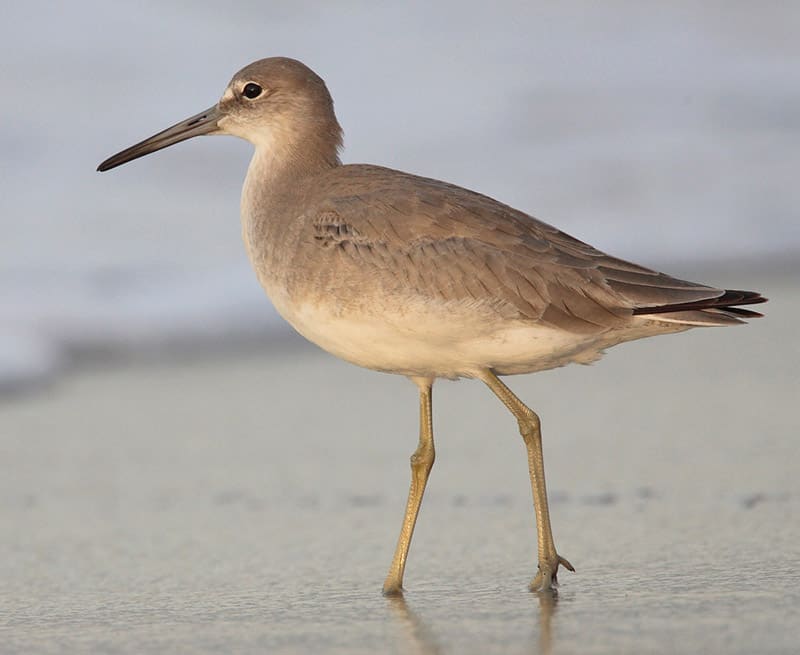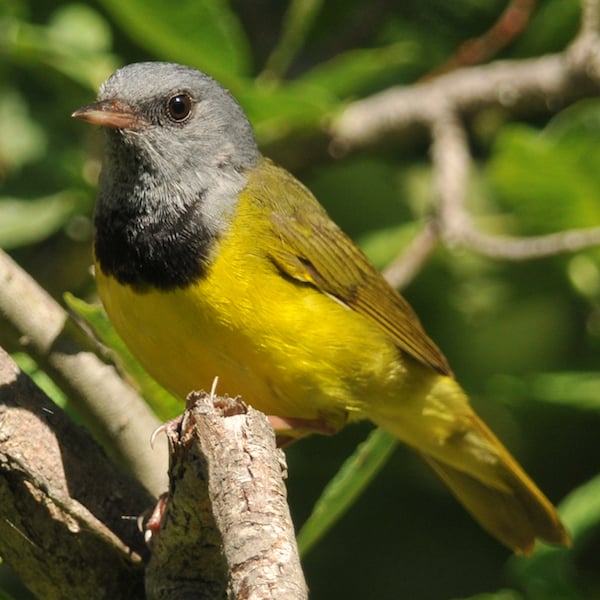Anyone coming upon a willet standing on a winter beach may be excused for thinking it a dull bird. It seems to be without distinguishing characteristics, a brown-and-white wallflower among better-dressed kin. But then it opens its wings, and you see that there is more to this bird than meets the eye.
Large (14 to 16 inches long) and long-legged, the willet is a muted gray-brown above and white below, with a long dark bill and bluish legs. Even in breeding season, there is no gaudy transformation to its basic look.
But the willet’s glory lies in its boldly striped, black-white-black wings that, when opened, identify this species at a glance. Willets seem to sense this, too, flexing their wings often and stretching them to their fullest upon landing, as if to say, “Look at me!”
Listen for
These common shorebirds also call attention to themselves with cries of pill-will-willet from which they get their common name.
Find it
There are two distinct breeding populations of willets in North America—one in the salt marshes of the Atlantic and Gulf coasts, and the other in the prairie grasslands of the central United States and Canada. During migrations, willets may be found widely and in a variety of habitats, from marshes, wet meadows, and mudflats to grassy dunes and beach margins.
Feed it
Willets use their bills to probe for food in soft mud or sand, or to pick small items directly from the ground. What’s on the menu depends on location and season. In saltwater habitats, willets eat fiddler crabs, mollusks, and small fish; in freshwater situations, aquatic insects are a staple. Occasional vegetable matter—grasses, seeds, and even rice—rounds out their diet.
Willet Nesting Behavior
Willets are semi-colonial nesters, especially the coastal populations. Large groups may settle on a secluded, grassy island or along the edges of dunes. The nest is made of grasses in a scrape in the ground. The female lays four or five eggs.
Both parents share incubation duty, with the male taking the night shift. After 22 days, the downy chicks emerge. Within hours they are ready to run after their parents in a daily search for food. Young willets achieve flight capability at about four weeks. Female willets leave home when the young are three weeks old, at which point the male takes over the child-rearing chores.
WOW!
Three weeks after young Willets hatch, the mother abandons them to the care of the dad, who takes care of the young for several weeks until they are able to fend for themselves.




